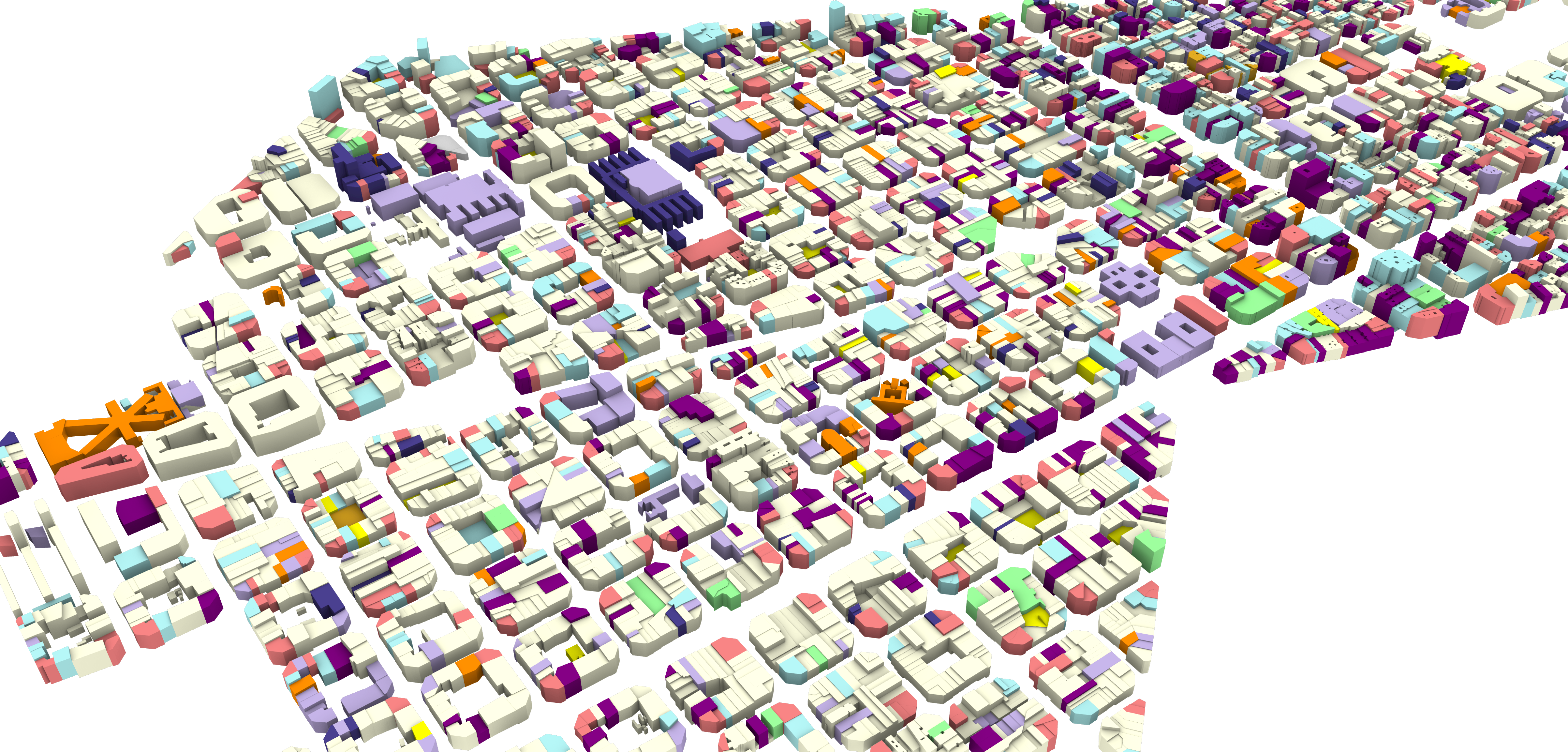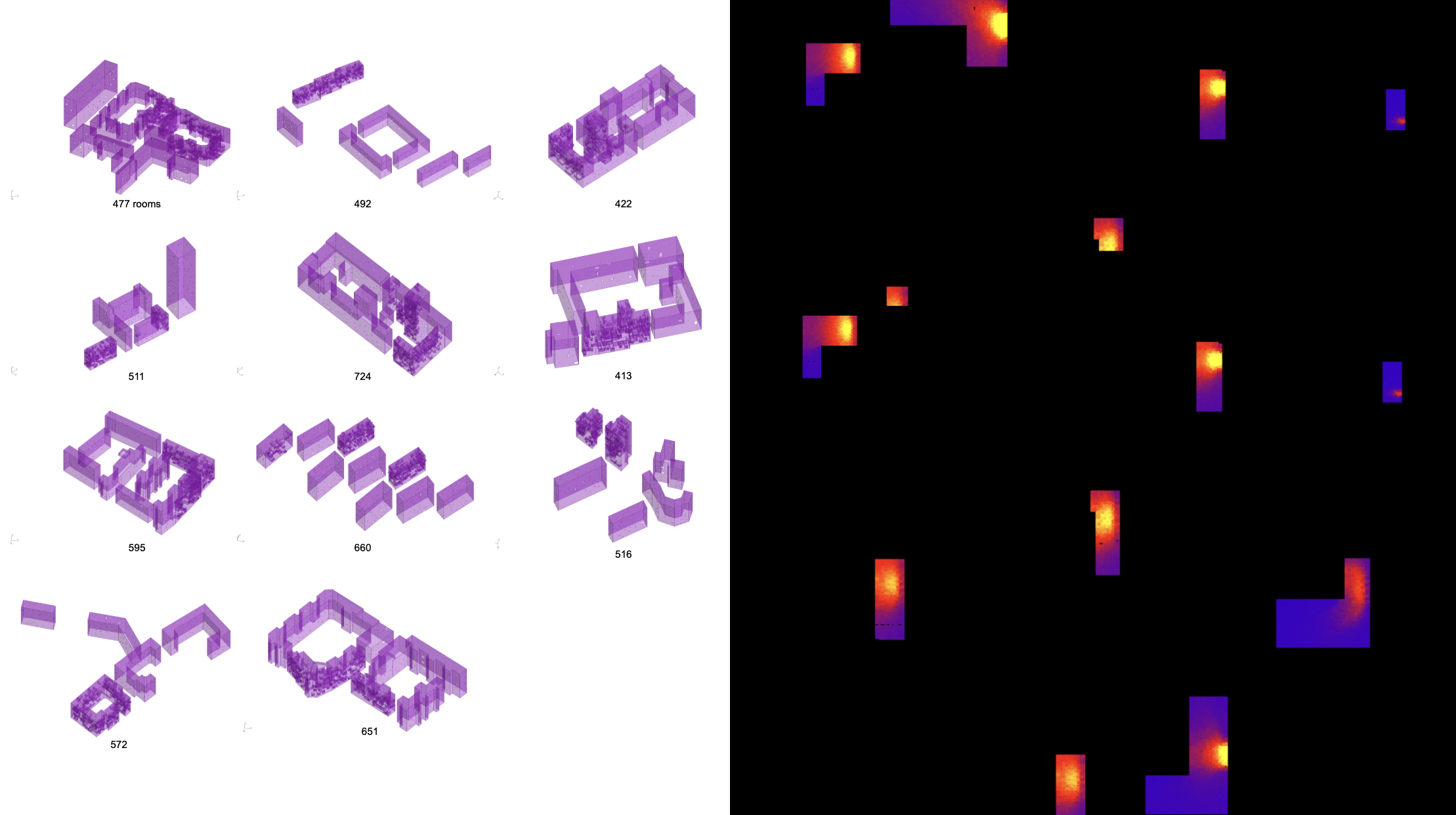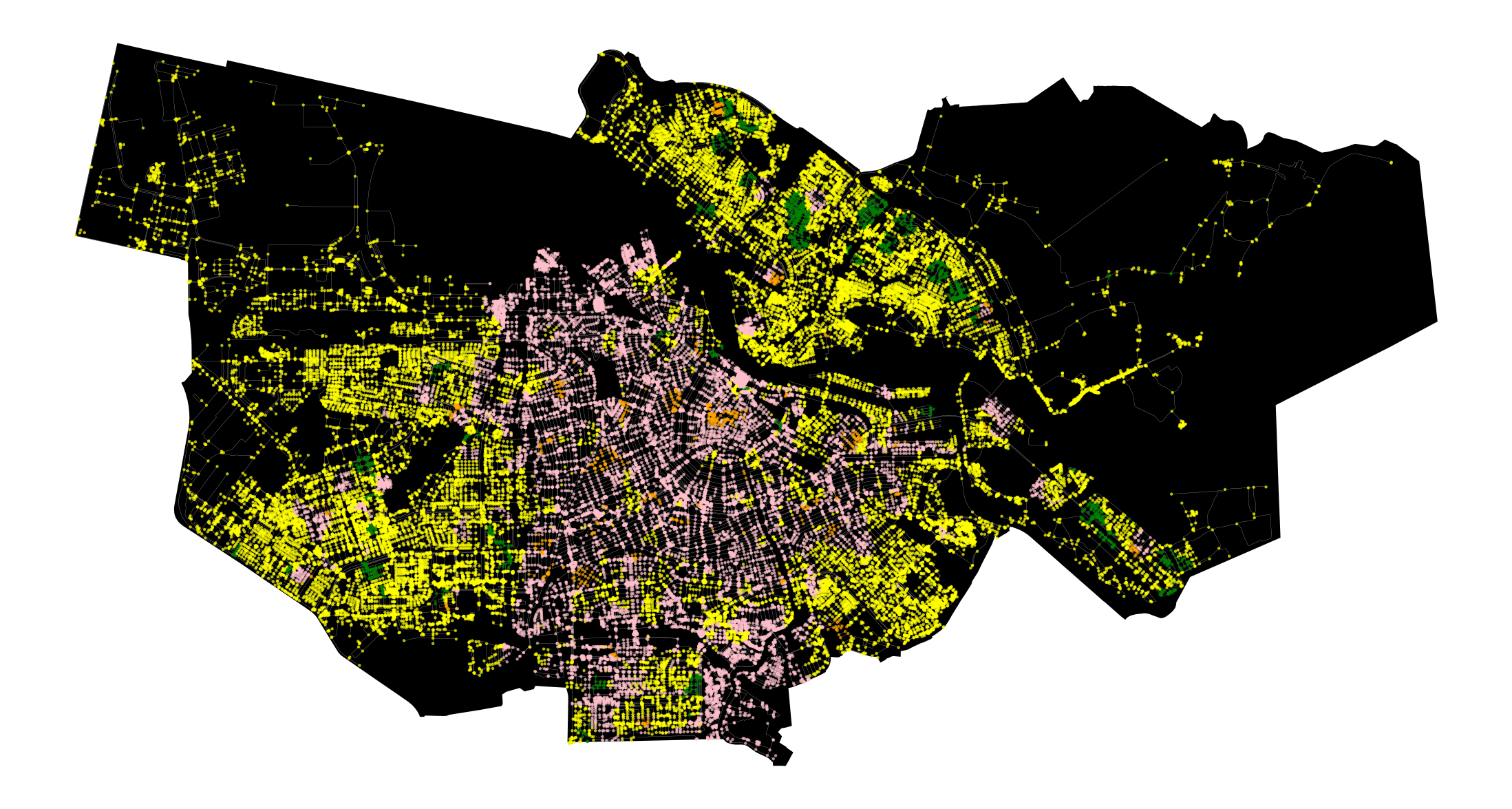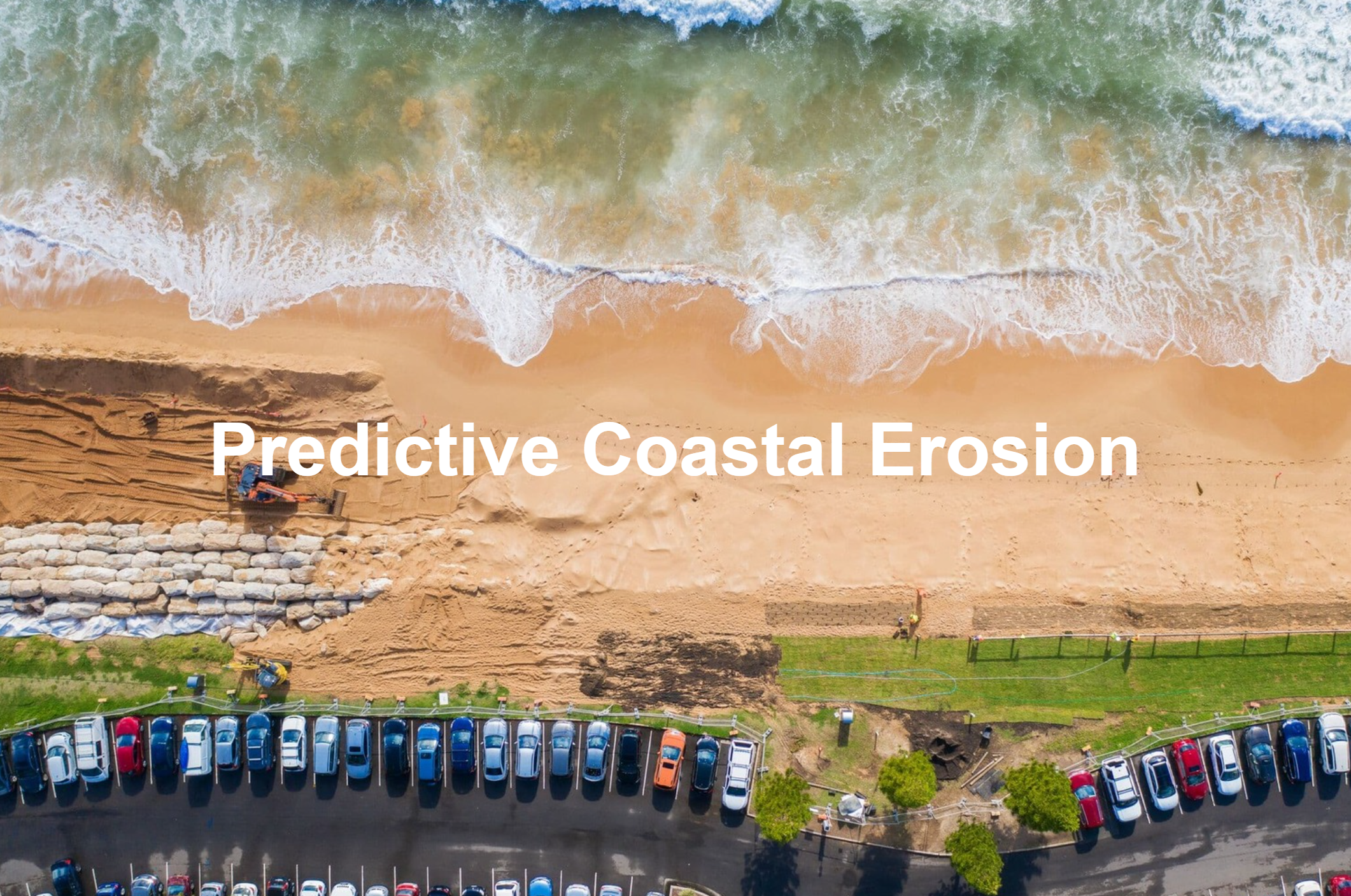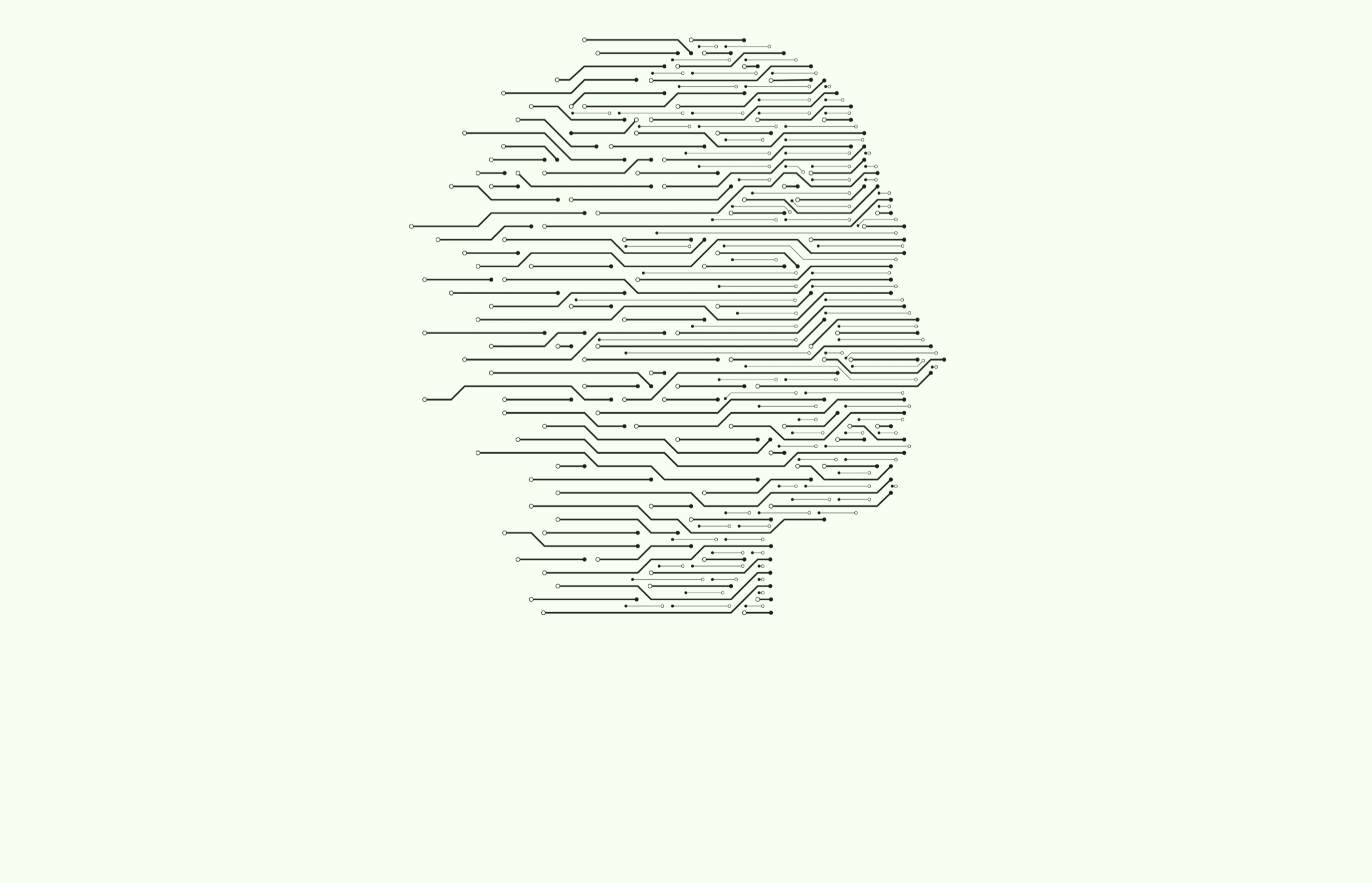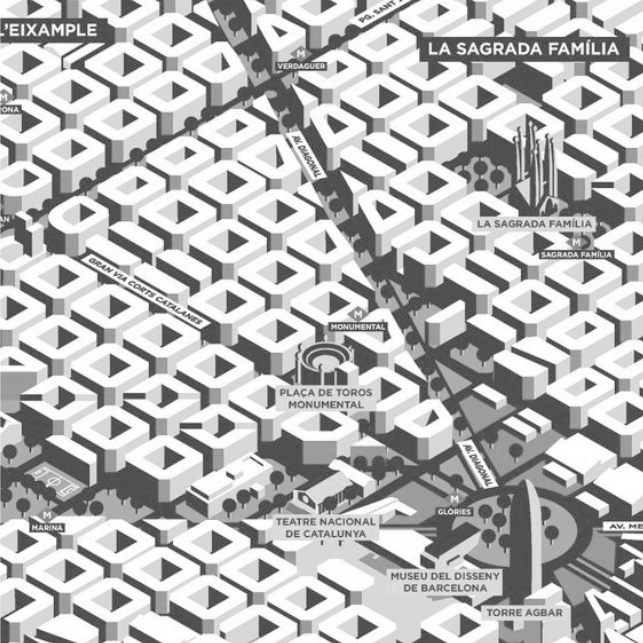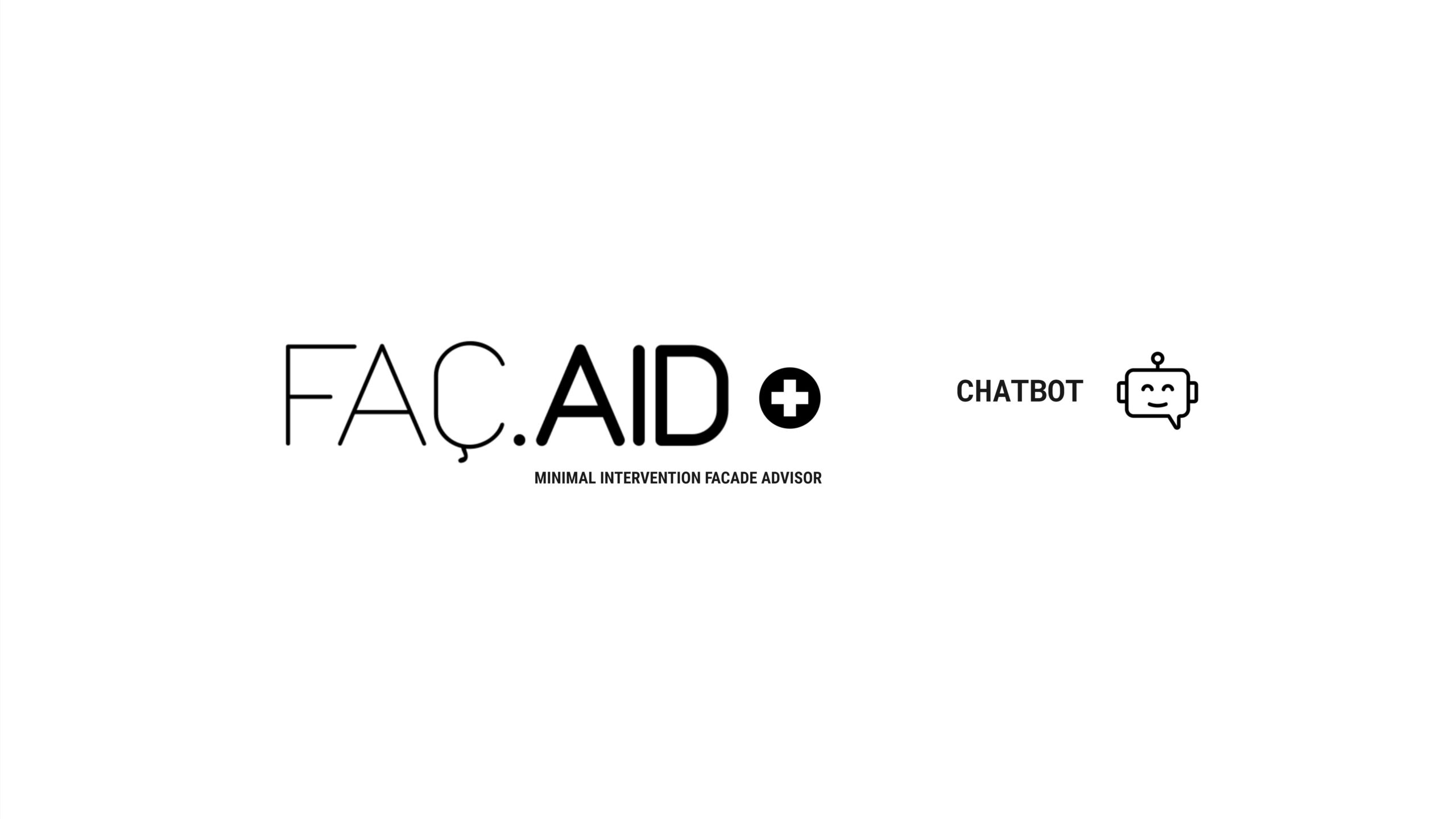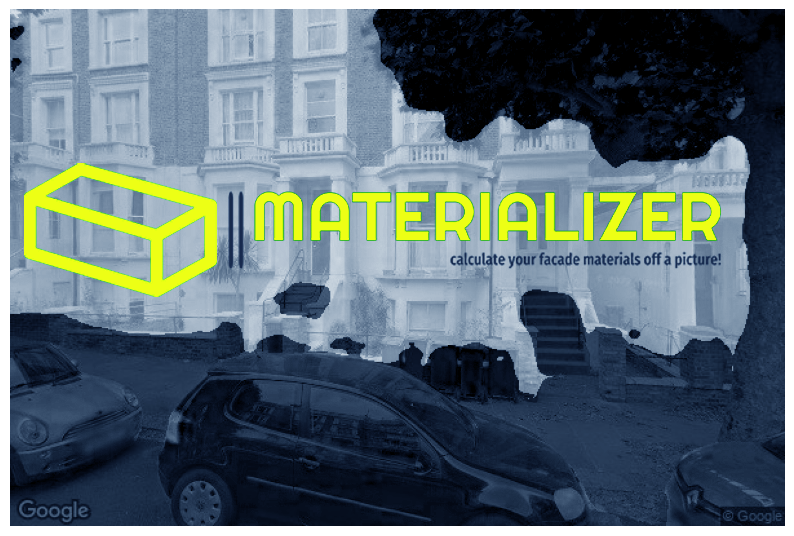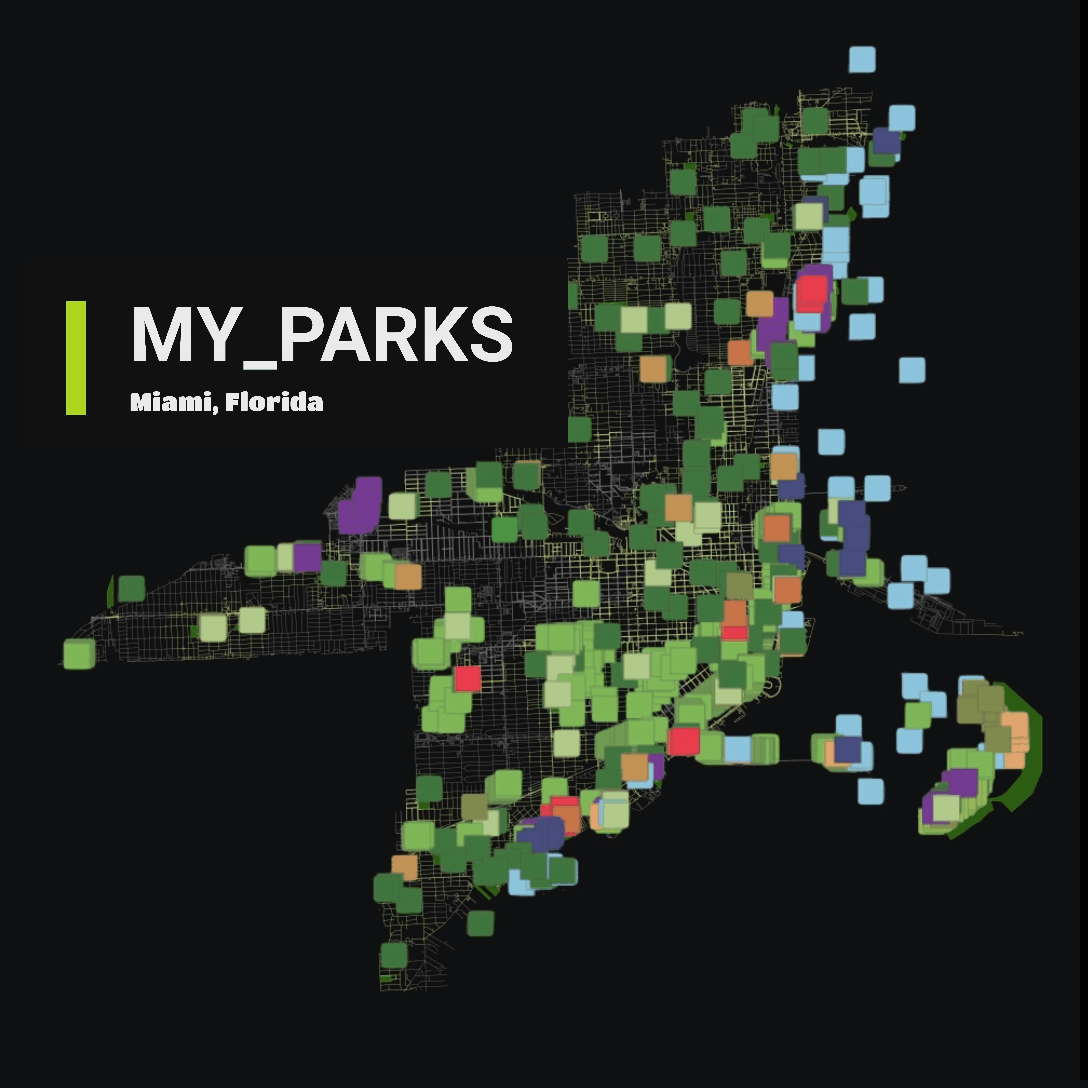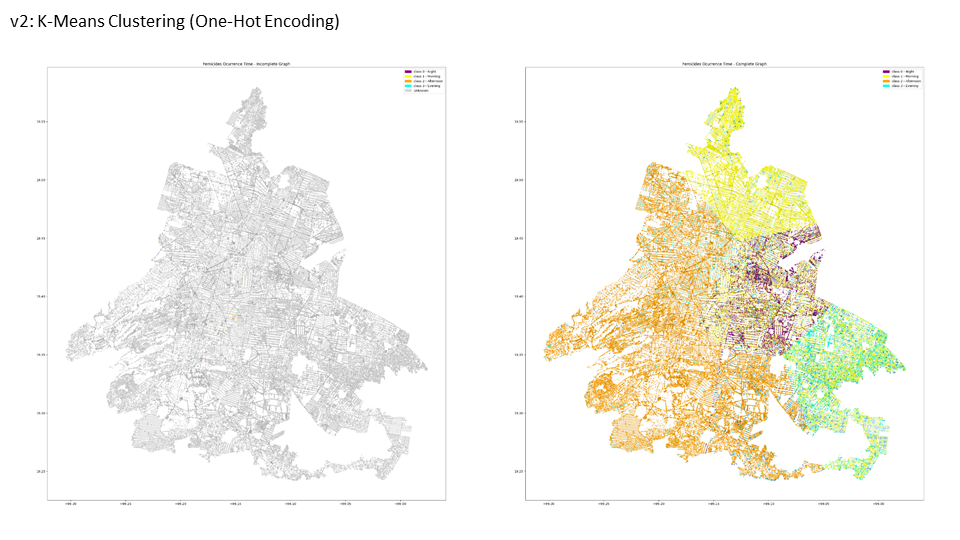Visual Culture Preservation for Peranakan Diaspora Utilising LoRA
Introduction Joo Chiat’s shophouses in Singapore are emblematic of the country’s rich Peranakan heritage, blending architectural elements from Chinese, Malay, and European traditions. Established in the 1920s and 1930s, these colorful and intricately decorated buildings are located in a conservation area that underscores both cultural preservation and modern adaptation. Notable for their historical and aesthetic … Read more


